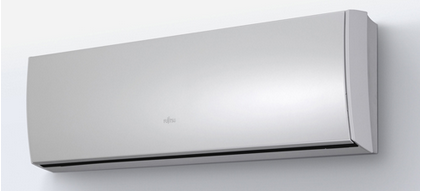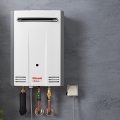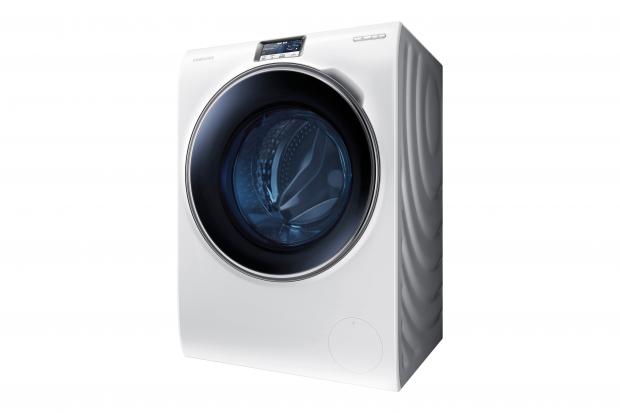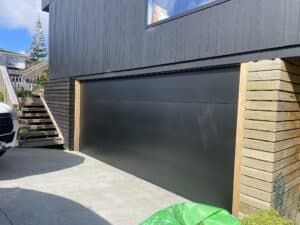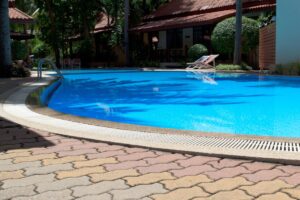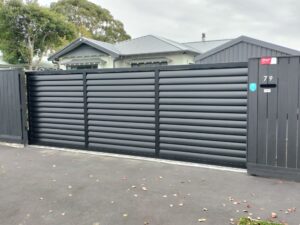It’s that time of year again! The time when you gather all your friends and family onto your deck to have a barbeque while enjoying the sun. But things aren’t always this well cooked – often you find yourself embarrassed and apologising for the state of your deck. When did it get so filthy?
Or perhaps your footpath is becoming less distinguishable from the grass. Or maybe your cars just need a good hose down to get rid of all the dust. There are many reasons why you may decide to get a waterblaster.
Unless you happen to sell water blasters, you probably don’t have the slightest clue about what the differences between them are. If you have no clue about whether to get a petrol driven water blaster or one you can mount on your wall, read on.
For domestic environments, try an electric waterblaster. This is because it is the most practical and efficient option. Much quieter than the petrol driven waterblaster, the electric model must be used with a quality RCD (Residual current device) and extension lead, allowing safety around water.
It’s recommended to use the petrol driven waterblaster where use of extension leads to a power source is not practical,
as in rural lifestyle properties or farming areas. Most petrol driven waterblasters do not have the stop/start automatic feature,therefore expert handling is required by the operator.
You also need to consider what a practical size for your waterblaster is. Will your waterblaster be a community device to be used by many? Then consider a smaller, more maneuverable model. If your waterblaster will be used for more heavy duty work, then consider a larger trolley mounted machine.

